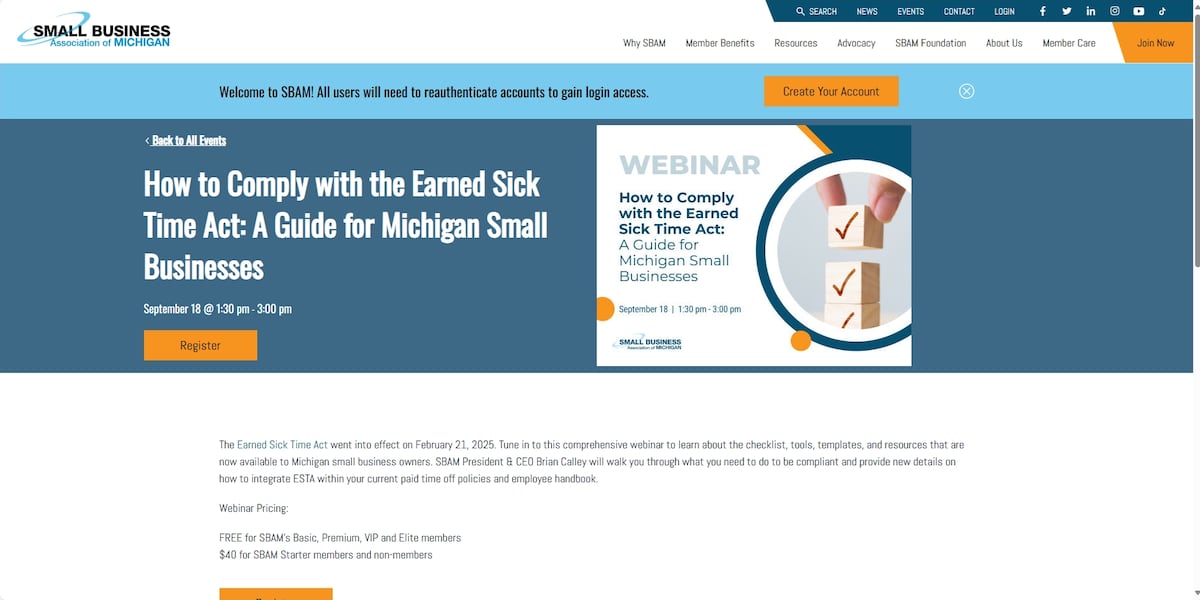Crossroads of Ownership: How Entrepreneurs Choose Between Employee Shares and Investor Buyouts

Navigating Business Exit Strategies: ESOP vs. Private Equity - A Comprehensive Guide
When the time comes to transition your business, choosing the right exit strategy can make all the difference. Business owners face a critical decision between Employee Stock Ownership Plans (ESOPs) and private equity sales, each offering unique advantages and challenges.
Understanding the Valuation Landscape
Private equity firms typically focus on maximizing financial returns, often valuing companies based on strict financial metrics. In contrast, ESOPs can provide a more holistic valuation that considers the company's long-term potential and employee value.
Tax Implications: A Crucial Consideration
Tax efficiency can significantly impact your exit strategy. ESOP transactions may offer substantial tax benefits, including potential capital gains tax deferral and corporate tax advantages. Private equity sales, while potentially lucrative, often come with more complex tax consequences.
Preserving Company Culture
An ESOP allows you to maintain your company's unique culture and reward loyal employees who have been instrumental in your success. Private equity sales might introduce more dramatic organizational changes and potential cultural disruption.
Control and Legacy Considerations
With an ESOP, business owners can gradually transition leadership while maintaining some control. Private equity sales often involve more immediate and complete ownership transfer, potentially limiting your ongoing involvement.
Making the Right Choice
There's no one-size-fits-all solution. Carefully evaluate your business goals, employee relationships, financial objectives, and long-term vision before making this critical decision. Consulting with financial advisors and exit strategy experts can provide invaluable insights tailored to your specific situation.
Remember, your exit strategy is more than a financial transaction—it's a testament to the legacy you've built and the future you're creating for your business and its employees.








